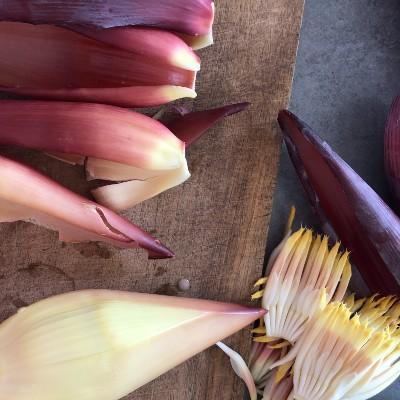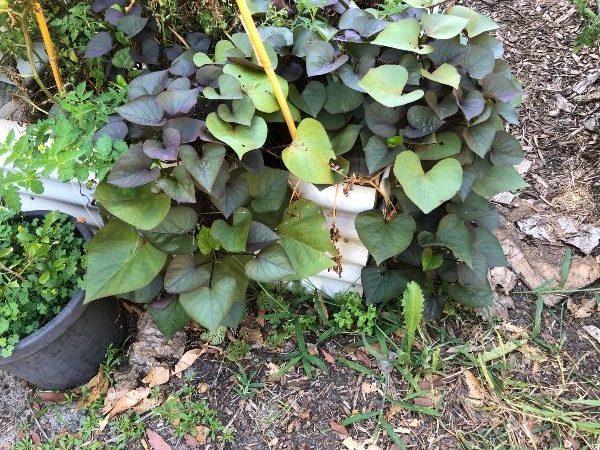
I make charcoal every winter. I like doing it. Apart from having fun, charcoal is also very good for the soil – see our separate blog “Why You Want Biochar in the Garden”.
How Can You Make Charcoal in a Steel Drum
You will need a steel drum. It should be not rusted through, that would not work.
Next, get plenty of dry fuel. You can use weeds, tree prunings or simply sticks from the bush. No big pieces – it should fit easily into the drum.
Start the fire at the bottom of the drum. Feed it little by little until it’s burning well. Once it burns nicely, feed it a little bit more. First there will be orangey or brownish smoke as the majority of elements oxidise, except for carbon. This smoke is thick and irritating, keep out of the way as the wind turns.
Next the smoke is suddenly gone and you will see the flames. This is the stage when the carbon starts burning. Let it go for another minute or two, then add more fuel. You want to burn as much of the other elements as possible, but you don’t allow the fire to consume the carbon charcoal. By adding another layer on top, the charcoal underneath can’t oxidise, because there is no oxygen left – the layer above it uses it all for burning. The charcoal looks whitish grey or glowing red, only when it cools down it turns shining black.
Time to time stir the contents with a gardening fork so that the bigger pieces come to the surface and the fine particles sink to the bottom.
Don’t ever put your face over the drum! The flames can flare up any time.
You need to understand your fire, you need to read it right. It’s like cooking. If you hurry too much (or if the wood is not quite dry), the bigger pieces will be still raw in the centre. If you forget about feeding it for a while, some of your charcoal will complete the burning process and turn to ashes.
Once the drum is nearly full, hose it with plenty of water. It is amazing how much water fits in. If you don’t flood it properly, it could re-ignite and you could end up with a small pile of ashes after a few hours. To make a fire at night is beautiful, but with this process you really need to see clearly what you are doing.
How to Use Charcoal
Of course, once kids see charcoal, they understand immediately that you can draw with it anywhere.
Toddlers would eat it. Well, this kind of charcoal is not quite food grade, but it would not kill you if you ate it. The charcoal tablets from the chemist or charcoal for water filters is manufactured in an enclosed chamber at a high temperature.
Charcoal could be added into the soil straight away, no problem. Just remember that charcoal acts as a sponge. It holds water and nutrients. The charcoal you just made is nutrient empty and has to absorb them from surrounding soil.
For this reason is better to soak charcoal with nutrients first. Put it in the compost or mix it with some goodness and let it sit for a while. Then it’s ready to use. You can be lazy and simply sprinkle it on top of the soil. Or, if you want to improve heavy clay, dig it in.
Humus in the soil breaks down over the years. This happens much faster in warm climates and in direct sunlight. Charcoal, on the other hand, stays unchanged for thousands of years, providing the same benefits. Is’t it awesome?




